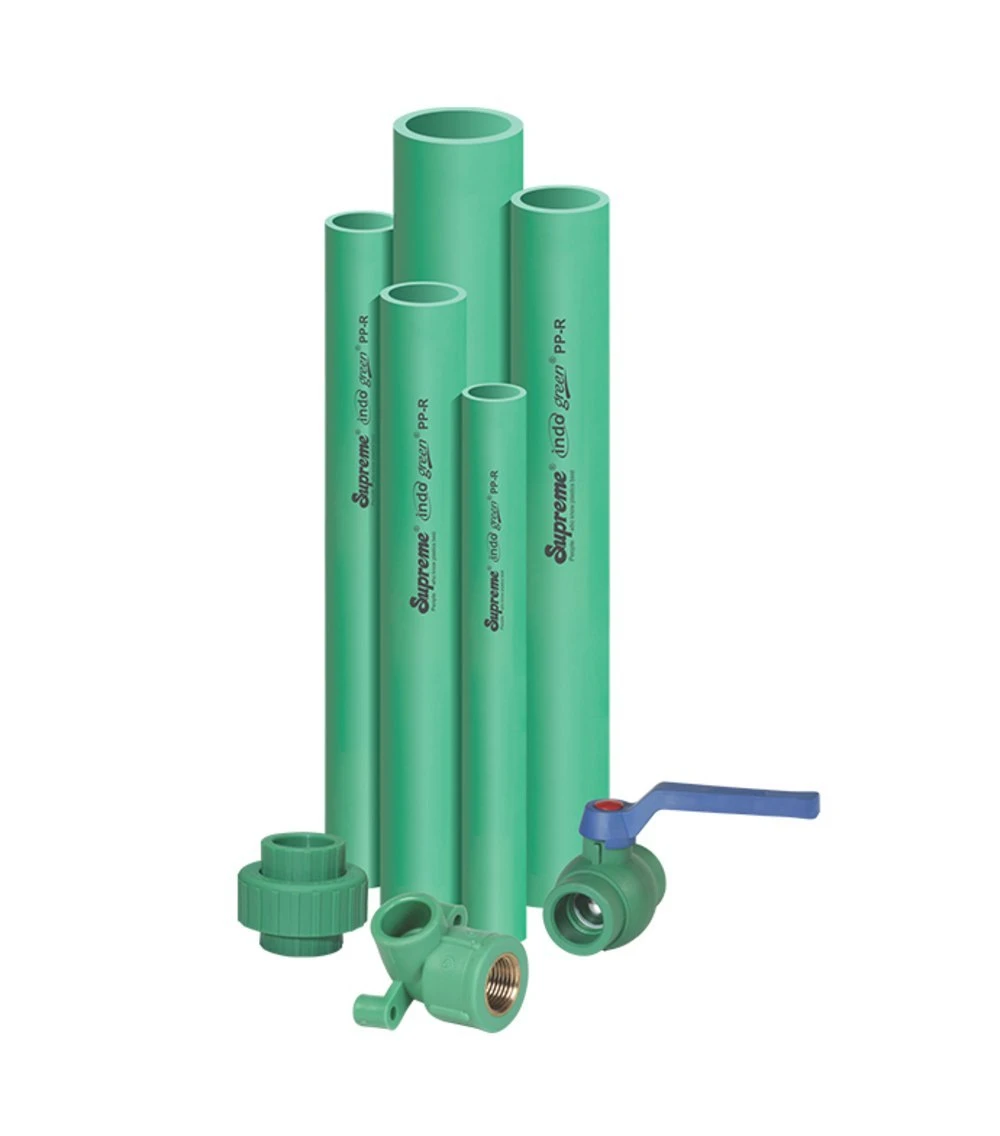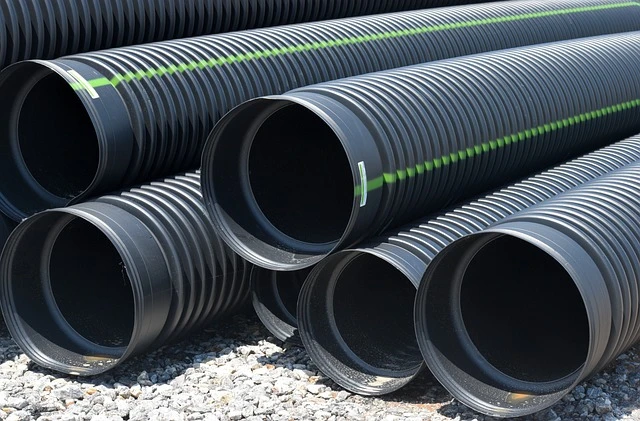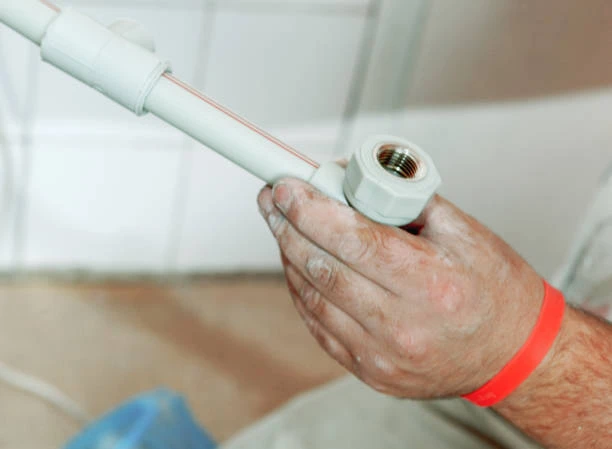Introduction
PPR pipe are becoming increasingly popular in plumbing and construction due to their durability, resistance to corrosion, and versatility. This guide will cover everything you need to know about PPR pipes, including their features, applications, benefits, and installation processes.
What is PPR Pipe?
PPR pipes are made from a type of polypropylene that is designed to handle high temperatures and pressures. They are characterized by their green or white color and are often used in hot and cold water systems.
Features of PPR Pipes
- Durability: PPR pipes have a long lifespan, often exceeding 50 years when used correctly.
- Temperature Resistance: They can withstand temperatures up to 95°C (203°F), making them suitable for hot water applications.
- Corrosion Resistance: Unlike metal pipes, PPR pipes do not corrode or rust, making them ideal for various environments.
- Chemical Resistance: They are resistant to many chemicals, which allows them to be used in industrial applications.
- Low Thermal Conductivity: PPR pipes reduce heat loss, making them energy-efficient for hot water systems.
Applications of PPR Pipes
- Residential Plumbing: Used for potable water supply and drainage systems.
- Heating Systems: Ideal for underfloor heating and radiator connections.
- Industrial Applications: Suitable for chemical transport and various manufacturing processes.
- Irrigation: Effective for agricultural and landscape irrigation systems.

Benefits of PPR Pipes
- Lightweight: PPR pipes are significantly lighter than metal pipes, which simplifies transportation and installation.
- Easy to Install: The welding process allows for secure joints without the need for additional fittings.
- Cost-Effective: Although the initial investment might be higher than traditional pipes, their longevity and low maintenance needs make them a cost-effective option in the long run.
- Environmentally Friendly: PPR pipes are recyclable and produced with less environmental impact compared to other materials.
Installation Process
- Preparation: Ensure the installation area is clean and dry. Measure and cut the pipes to the desired lengths.
- Joining Methods:
- Heat Fusion: Use a heat tool to melt the ends of the pipes and fittings, then join them together.
- Socket Fusion: Similar to heat fusion but involves a socket fitting for better stability.
- Testing: After installation, conduct pressure tests to ensure there are no leaks.
- Insulation: For hot water applications, consider insulating the pipes to improve efficiency.
Maintenance
PPR pipes require minimal maintenance, but regular inspections are recommended to identify any potential issues early. Check for signs of leaks or pressure drops in the system.
Conclusion
PPR pipes offer an excellent solution for various plumbing and industrial applications due to their numerous advantages. Understanding their features and proper installation methods can ensure a reliable and efficient piping system. Whether you’re considering a new installation or replacing existing pipes, PPR should be at the top of your list.


















